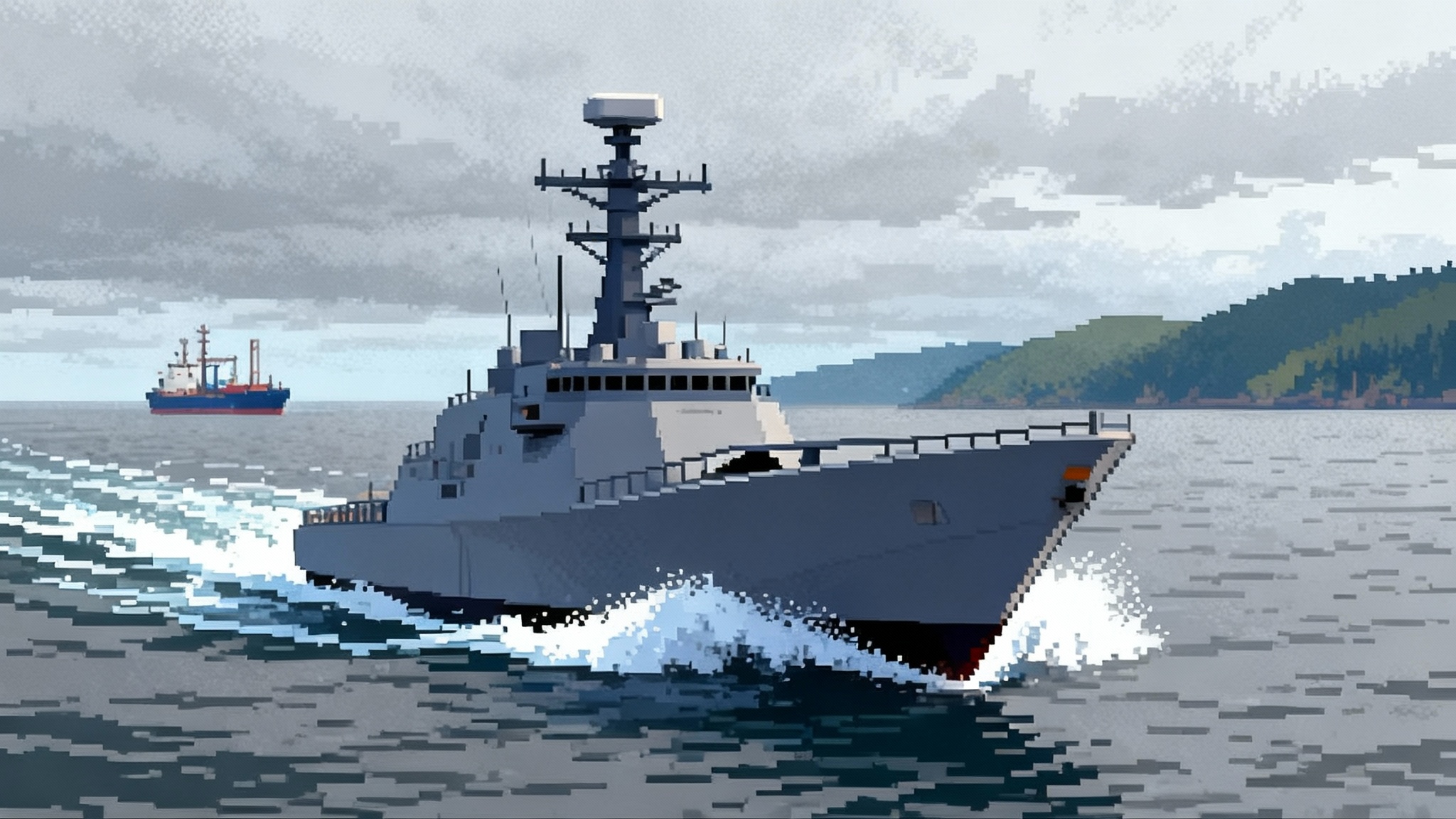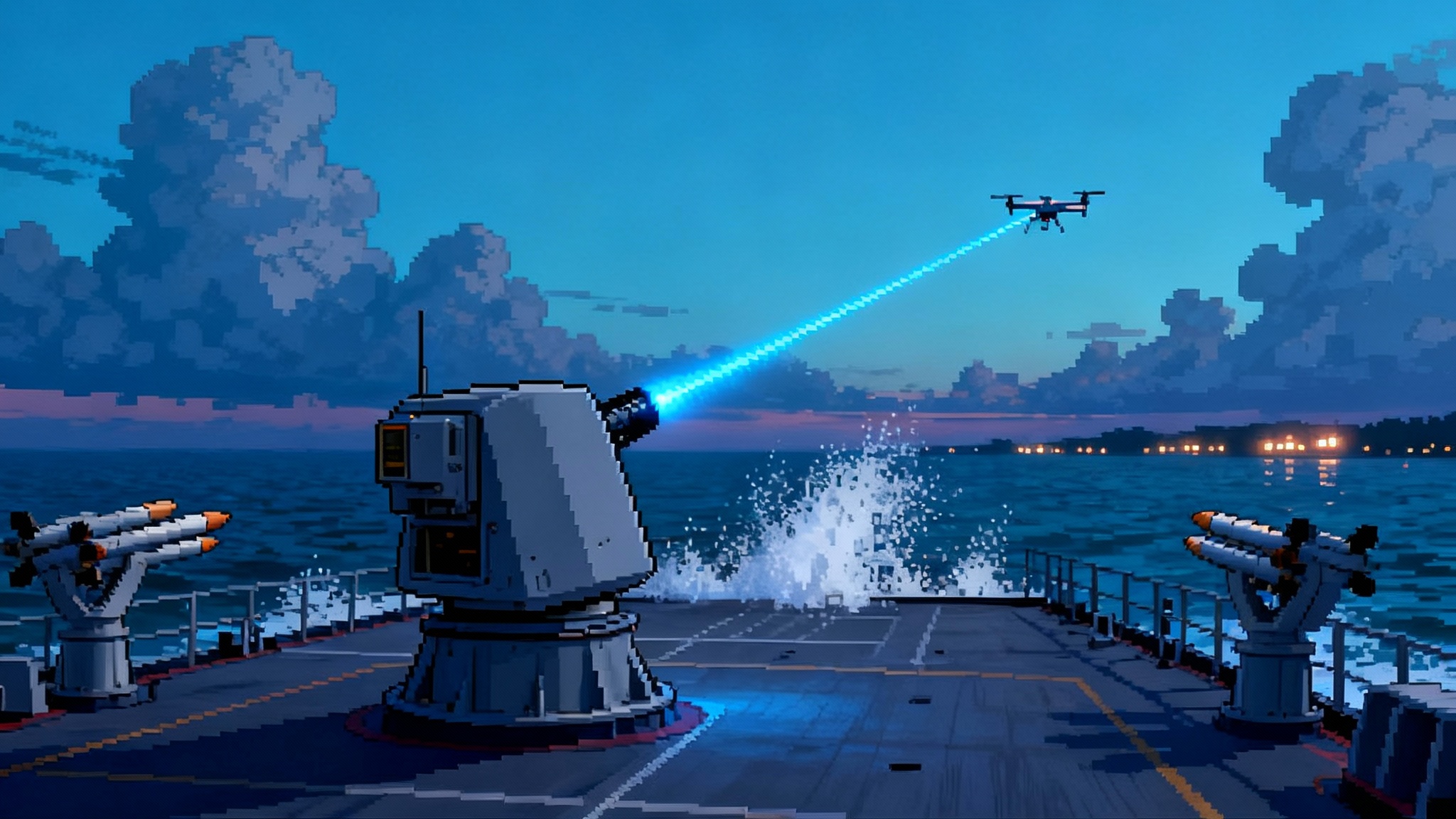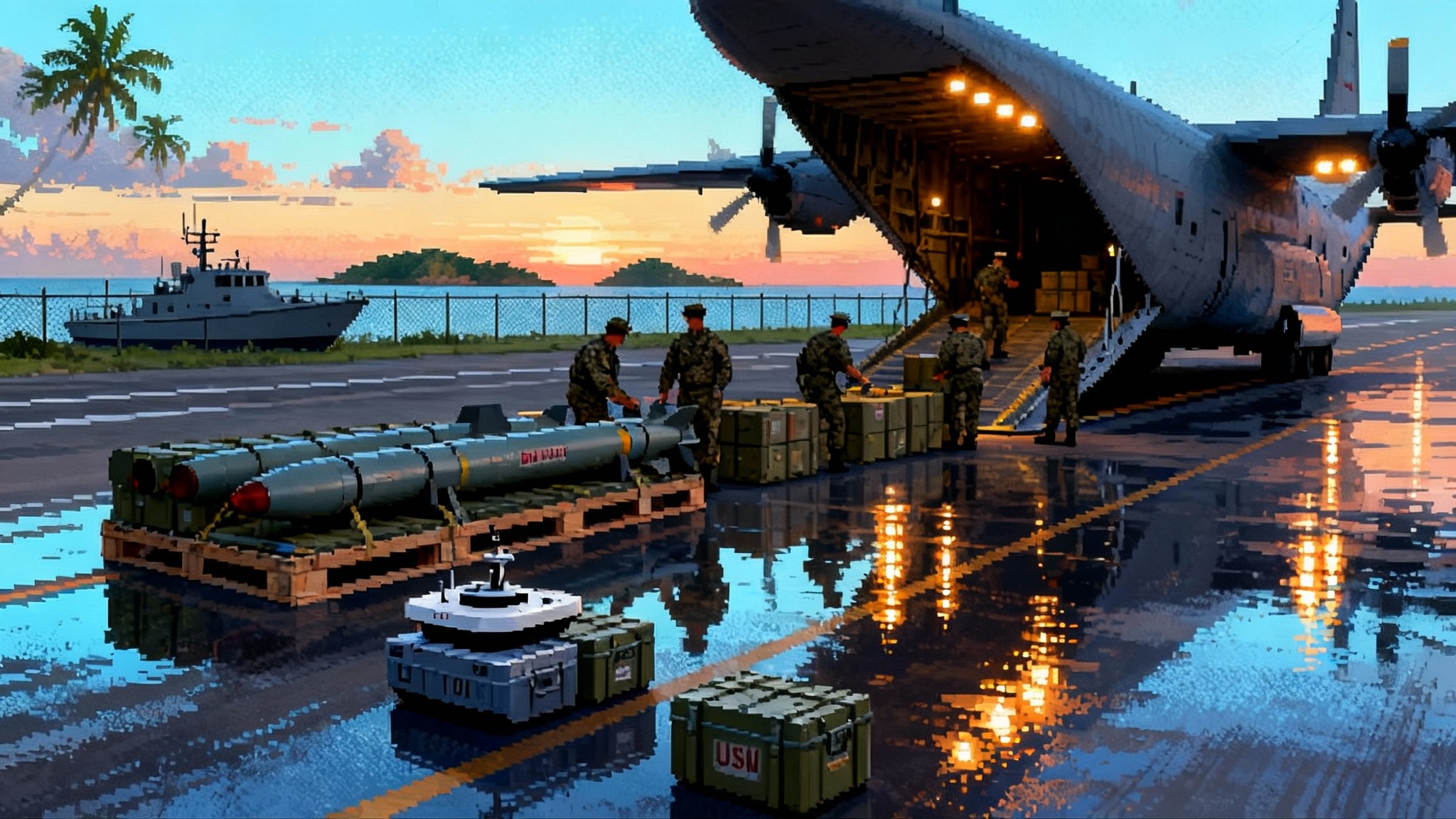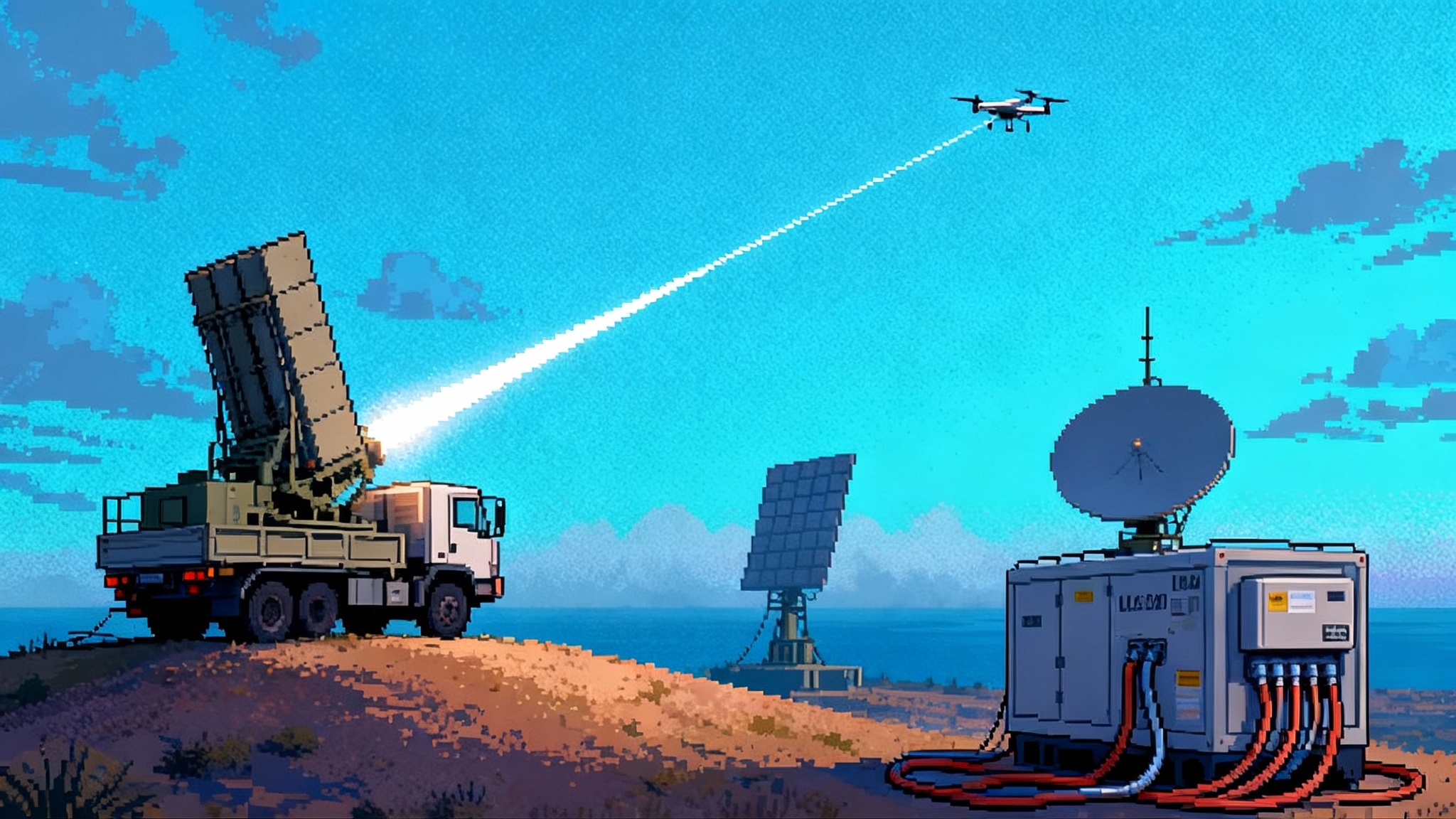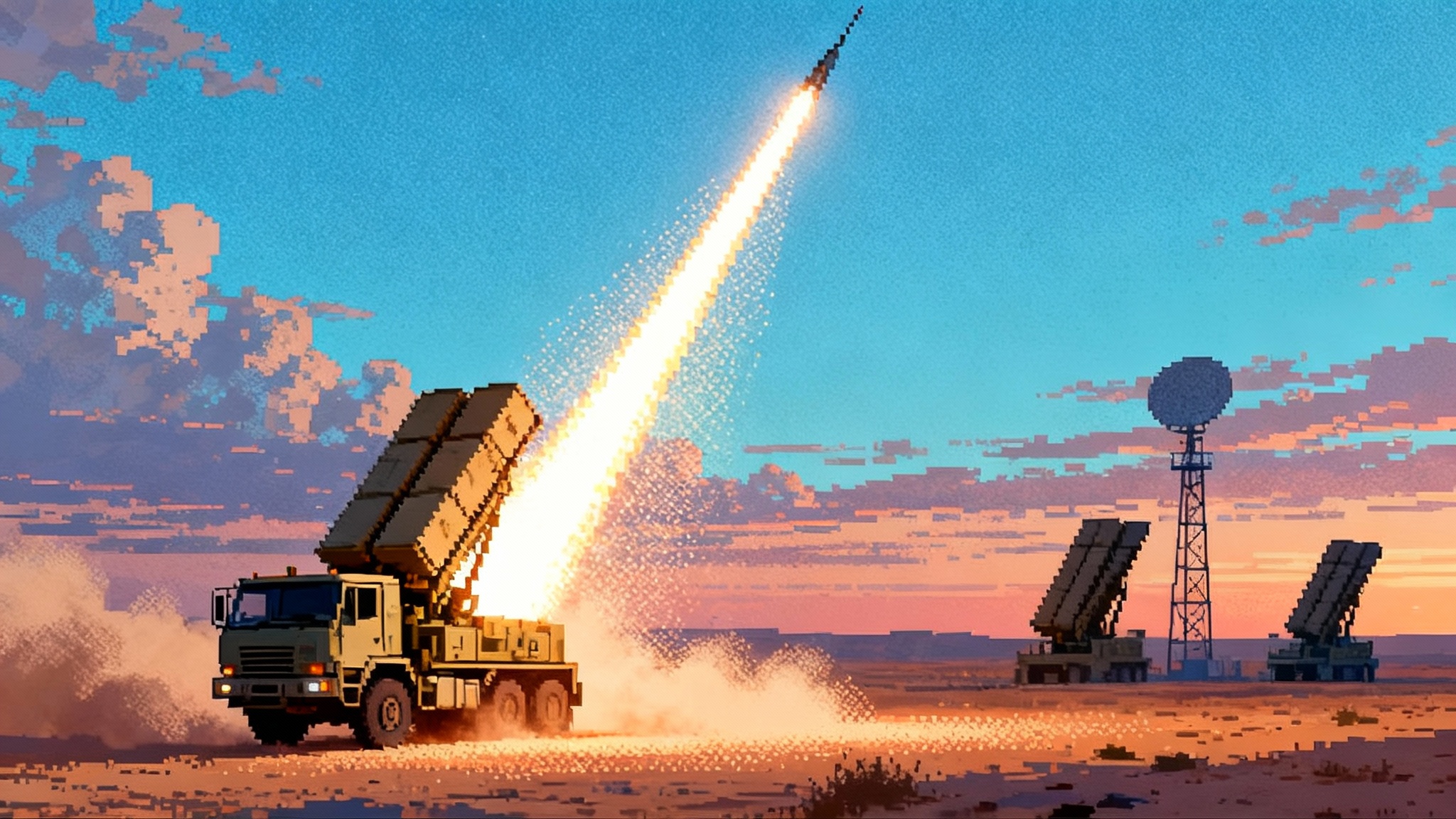With Two B‑21s Flying, Weapons Integration Kicks Off
A second B-21 Raider has joined the Edwards AFB test team, shifting the program from basic flight trials to mission systems and weapons integration. Here is what that unlocks for sensors, datalinks, EW, LRSO, conventional loadouts, sustainment, and basing.

Two Raiders, one pivot
On September 11, 2025, the Air Force confirmed that a second B-21 Raider flew from Palmdale to Edwards Air Force Base. With two aircraft in the air, the test team can move beyond initial envelope expansion into mission systems and weapons integration. The service put it plainly: a second jet expands mission systems and weapons testing and accelerates the path to operational readiness. That wording matters because it signals the moment the Raider shifts from an air vehicle to a weapon system. See the official note where the Air Force confirms second B-21 at Edwards.
The timing matters. A two-ship unlocks test tempo. One aircraft can continue handling qualities, propulsion, and environmental trials while the other runs captive-carry loads, electromagnetic compatibility, sensor fusion software, and live network events. The Combined Test Force at Edwards is built for that juggling act, and maintainers gain repetitions on the logistics that will make or break the bomber in service.
From envelope expansion to mission systems
Flight test starts with safety and physics. Pilots and engineers map out how the jet behaves across speed, altitude, and configuration points. That work continues, but the second airframe lets the team shift resources into mission systems. In practice, that means:
- Shaking out the radar, electronic support measures, and other passive sensors, then proving they can fuse into a coherent tactical picture for the crew.
- Hardening the aircraft datalinks and electromagnetic posture so it can operate inside contested spectrum without advertising itself.
- Exercising the open-architecture backbone that allows rapid software drops, new apps, and future payloads without re-wiring the aircraft.
- Starting the sequence of weapons integration events: captive carries, safe-separation shots, functional drops, and eventually operational mission vignettes.
The shift is not cosmetic. Mission systems maturity is the gate to both conventional initial capability and, later, nuclear certification.
What weapons integration really entails
Weapon integration sounds straightforward. It is not. The sequence typically includes:
- Structural and loads analysis to verify the bay, pylons, racks, and doors can handle pressure and temperature across the flight regime.
- Environmental qualification for stores inside a stealthy internal bay, where heat and airflow differ from legacy jets.
- Captive-carry flights with instrumented shapes to validate aerodynamics, bay acoustics, and stores management commands.
- Safe-separation testing with telemetry and high-speed photo pods to confirm clean release, no recontact, and predictable trajectories.
- Functional drops to verify fuzes, datalinks, and midcourse guidance behave as modeled.
- Software-in-the-loop and hardware-in-the-loop regression testing to ensure a new weapon mode does not break another mission function.
Expect the early ordnance to be representative shapes and well-characterized munitions, then a ramp to increasingly advanced stand-off weapons. B-21 is designed to carry a mix of direct-attack and stand-off weapons internally, so the flight cards will span both profiles.
Sensor fusion goes from slide to sortie
Fusion is where the Raider earns its keep. The aircraft blends inputs from radar, passive RF sensors, and other apertures to build a single track file and a single set of decisions for the crew. Two test jets let engineers split missions into specialized threads:
- One runs radar modes, multi-target tracking, and low-observable performance checks, collecting data sets across geometries and weather.
- The other stresses passive sensors and fusion software against dense emitters, verifying that the jet can make sense of a chaotic spectrum without constant radiation.
The payoff is not just better situational awareness. Fusion compresses the detect-decide-deliver loop and lets the bomber share what it sees with other platforms while staying disciplined about emissions.
Resilient datalinks and electronic warfare
Inside an anti-access fight, talking gets you killed if you do it wrong. The B-21 communications and electronic warfare must be quiet, hard to jam, and smart about spectrum. Test events will examine:
- Low probability of detection and low probability of intercept waveforms that can pass targeting data without handing an adversary a bearing line. Related mesh concepts are maturing in space with the SDA Tranche 1 LEO mesh.
- Agile routing across line-of-sight, beyond-line-of-sight, and airborne relay nodes, including the ability to operate when GPS is degraded or denied.
- Electronic protection and electronic attack behaviors that keep the jet hidden or, when needed, open a window through a modern integrated air defense system. The broader EW shift is evident in EA-37B signals a new EW era.
Proving those behaviors requires instrumented ranges, threat emitters, and a lot of software iteration. Two aircraft mean one can play the role of a network teammate while the other is the primary test article.
Open architecture as a force multiplier
The Air Force has been explicit that B-21 was built with open systems from the outset. That means well-defined interfaces between mission apps and aircraft computing, and the ability to add or upgrade sensors and effectors without ripping out the plumbing. In test, that shows up as:
- Rapid software drops that combine bug fixes with new capabilities, delivered in days or weeks instead of months.
- Containerized applications that can be swapped in and out for different mission sets.
- Competitive integrations where multiple vendors can bring new weapons, EW techniques, or autonomy agents without bespoke rewrites.
In plain terms, the bomber can evolve in stride with the threat. That matters more than any single black-box feature.
The nuclear track and LRSO
B-21 will be nuclear capable, but nuclear certification follows its own rigor. The path includes surety, unique security architectures, and specialized flight and ground testing. On the weapon side, the AGM-181 Long-Range Standoff weapon is the future cruise missile for both B-21 and B-52. The Raider’s weapons work will set the conditions for that integration, even if the missile’s own program milestones land later. Do not expect nuclear certification to arrive alongside the first conventional capability; the Air Force typically staggers those to reduce risk.
Conventional loadouts and tactics to watch
While specific loadouts are classified, the integration path points to a few themes:
- Stand-off strike with long-range cruise missiles for opening nights, leveraging stealth to get the bomber and its weapons closer without detection.
- Precision direct attack for follow-on nights when the air picture and defenses have been degraded.
- Maritime strike profiles as the joint force pushes for cross-domain effects at long range.
- Collaborative teams that include emerging stand-in munitions and uncrewed partners. See how this is progressing in USAF uncrewed fighters in combat.
The tactical testing will explore how the Raider contributes to a distributed kill web, rather than operating as a lone penetrator.
Industrial ramp: from prototypes to a fleet
Production matters as much as performance. The Pentagon authorized low-rate initial production after early flight tests showed enough maturity to move ahead, and Northrop Grumman has been adapting its Plant 42 line for rate. The near-term goal is a stable LRIP cadence while flight test burns down risk in parallel. The presence of two flying test articles and additional ground articles is how you avoid nasty surprises migrating into production jets.
A few realities shape the ramp:
- Learning curve on stealth manufacturing and coatings, where every hour saved in the factory and hangar translates to fleet capacity.
- Supply chain depth for specialty materials, mission avionics, and propulsion. Rate increases demand early commitments from sub-tier suppliers.
- Process changes to support higher throughput, paired with configuration control so changes do not outpace test.
If the service chooses to accelerate the buy, those decisions will ride on test data quality, production yields, and sustainment trends across the next several quarters.
Sustainment gets real at Edwards
Maintainability is a design requirement for the Raider, informed by the tough lessons of the B-2. The second aircraft at Edwards already pays dividends for the people who will keep the fleet flying:
- Maintainers can validate technical data, tools, and corrosion control procedures while engineers are still on site to adjust designs.
- The test wing can run realistic turnarounds on two jets, proving the health monitoring system, spares pipeline, and low observable restoration flow.
- Training material for initial cadre maintainers gets built from real tasks, not just models and simulations.
Every hour a maintainer saves on the ramp becomes a sortie the fleet can generate in a crisis. The Air Force is trying to bake that in early.
Basing and the long-range strike portfolio
B-21 is the backbone of the future bomber force, paired with upgraded B-52Js. The basing plan reflects that. Ellsworth AFB in South Dakota is the first main operating base and the formal training hub. The Department of the Air Force finalized Whiteman AFB, Missouri, as the second main operating base and Dyess AFB, Texas, as the third, following an Environmental Impact Statement and Record of Decision. The official site for that process, including the October 2024 decision memo, is the Record of Decision for bomber basing.
Sustainment will rely on Tinker AFB, Oklahoma, as the depot spine, with Plant 42 as the production center. That distribution gives the program redundancy and taps into existing bomber communities as B-1s and B-2s retire on a glidepath tied to B-21 deliveries.
What to watch in the next 12 months
- Captive-carry and the first safe-separation tests from the internal bay.
- Major mission system software drops that combine radar, passive sensors, and navigation updates into a single release.
- Networked test events with fighter escorts and uncrewed teammates to validate low-emission tactics.
- Increasingly complex EW trials against representative threat emitters.
- Edwards maintainers moving from single-jet to two-jet turn patterns with performance metrics that will inform fleet sustainment plans.
- Facility milestones at Ellsworth as training squadrons stand up and simulators power on.
The bottom line
Two B-21s flying is not just a photo op. It is the threshold where the Raider becomes the system the Air Force actually needs: a stealth bomber that can sense, decide, and deliver across a modern battlespace, and do it at scale. Mission systems and weapons integration are where that promise gets proven, where datalinks and EW get their scars, where maintainers shape the realities of readiness, and where basing and production plans turn into a living force.
If the test team can hold this tempo, the next year will turn a lot of PowerPoint into sorties.


